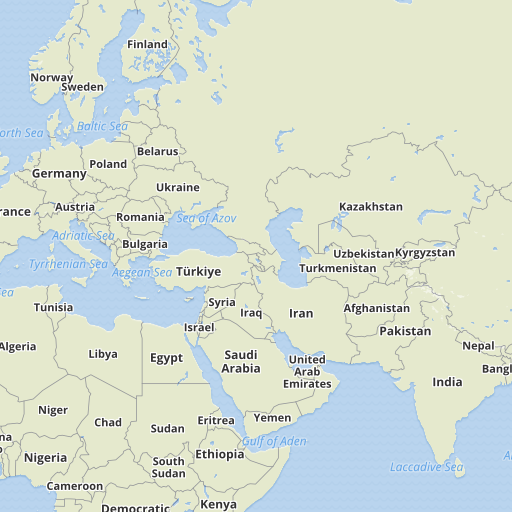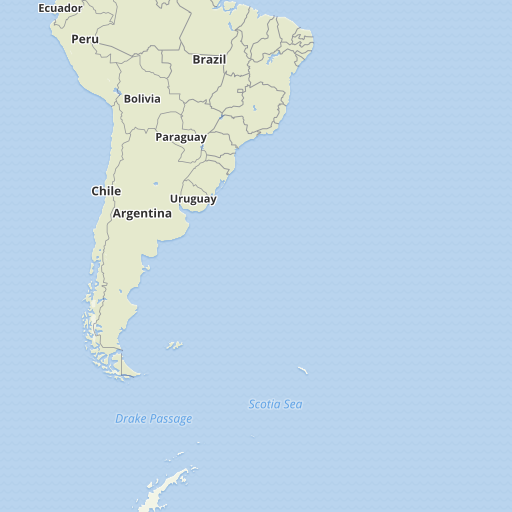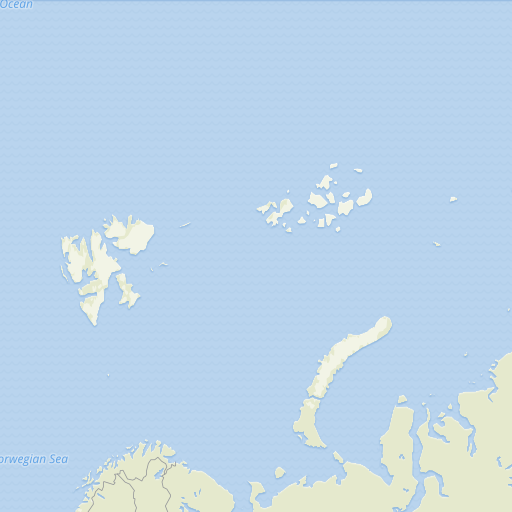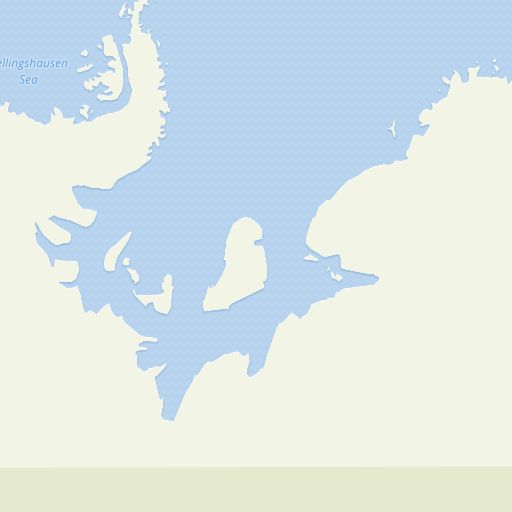species
Obolopteryx castanea (Rehn & Hebard, 1914)
chestnut short-winged katydid
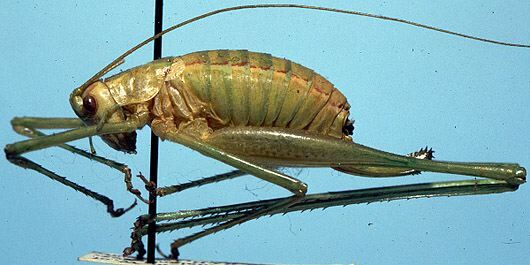
Type specimen
Holotype; male; 91531136-f6c3-4e7a-a90e-4d2cc64d85c1; deposited at: Academy of Natural Sciences of Philadelphia (ANSP); United States: Texas: Laguna del Gato, three mi W of Sam Fordyce
Nomenclature (9)
- Dichopetala castanea Rehn & Hebard, 1914: 95.
Holotype; male; 91531136-f6c3-4e7a-a90e-4d2cc64d85c1; deposited at: Academy of Natural Sciences of Philadelphia (ANSP); United States: Texas: Laguna del Gato, three mi W of Sam Fordyce
- Dichopetala castanea Rehn & Hebard, 1914 in Márquez Mayaudón, 1969: 61.
- ... Show all ... (5)
- Obolopteryx castanea (Rehn & Hebard, 1914) in Cohn, Swanson & Fontana, 2014: 29.
- Obolopteryx castanea (Rehn & Hebard, 1914) in Barrientos-Lozano, Rocha-Sánchez, Zaldívar-Riverón & Correa-Sandoval, 2016
Nomenclature references (9)
- Barrientos-Lozano, L., Rocha-Sánchez, A.Y., Buzzetti, F.M., Méndez-Gómez, B.R. & Horta-Vega, J.V. (2013) In Saltamontes y esperanzas del noreste de México (Insecta: Orthoptera). Guía ilustrada. Ciudad de México. 388 pp.
- Barrientos-Lozano, L., Rocha-Sánchez, A.Y., Zaldívar-Riverón, A. & Correa-Sandoval, A. (2016) Additional new species of the genus Obolopteryx Cohn et al. 2014 (Ensifera: Tettigoniidae) from Northeastern Mexico. Zootaxa, 4168(3), 401–452.
- ... Show all ... (5)
- Rehn, J.A.G. & Hebard, M. (1914) A study of the species of the genus Dichopetala (Orthoptera, Tettigoniidae). Proceedings of the Academy of Natural Sciences of Philadelphia, 66, 64–160. Available at http://www.biodiversitylibrary.org/page/1856461/#page/72/mode/1up
- Vahed, K., Gilbert, J.D.J., Weissman, D.B. & Barrientos-Lozano, L. (2014) Functional equivalence of grasping cerci and nuptial food gifts in promoting ejaculate transfer in katydids. Evolution, 68(7), 2052–2065. Available at http://onlinelibrary.wiley.com/doi/10.1111/evo.12421/abstract
Loading...
Loading, please wait.
Descendants and synonyms
Life zone and ecology data
Terrestrial
External links to websites
- Singing Insects of North America [general information, distribution map]
Gender, form, and etymology
Adjectivecastaneus, castanea, castaneum
Etymology:
Etymology:
Latin, castaneus, chestnut. Although no explanation was given in the original description, the epithet probably references the usually prominent brown coloring of the dorsum, and “bright chestnut” is described of some portion of the male tegmina.
Stats
| Names | |||
|---|---|---|---|
| Rank | Total | Valid | Invalid |
| species | 2 | 1 | 1 |


